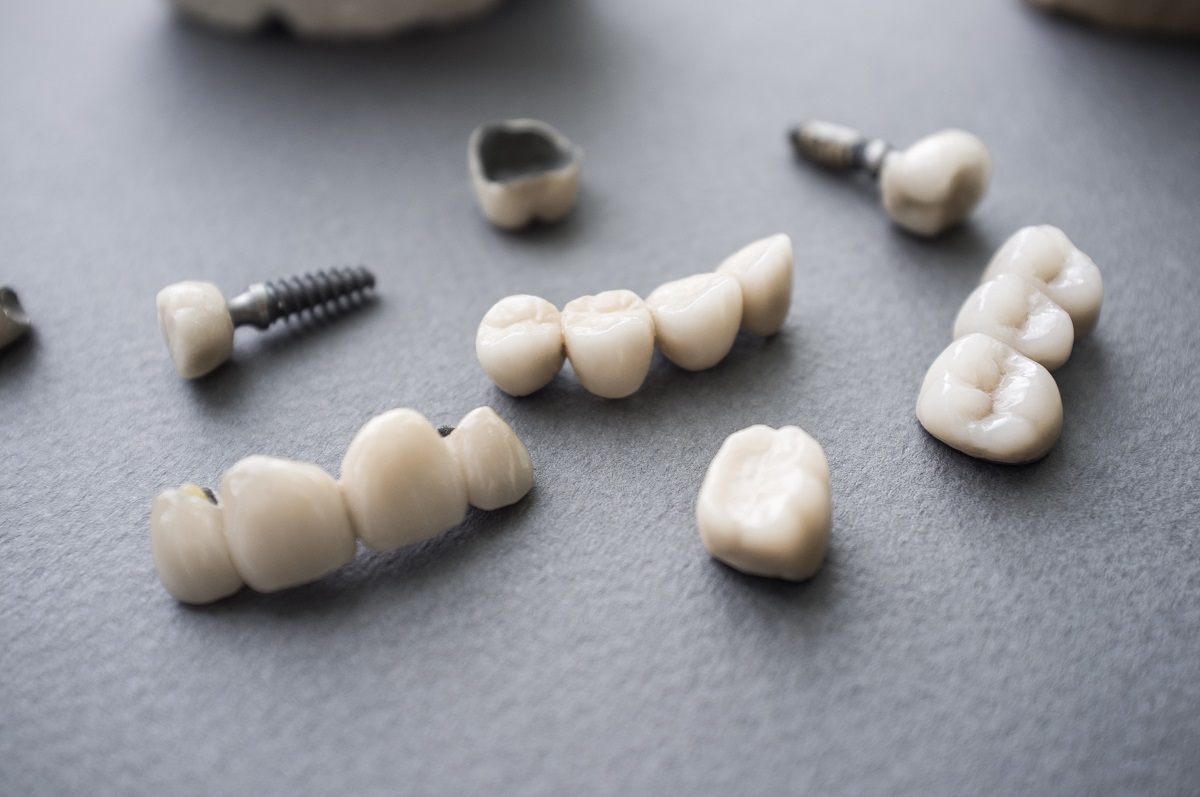Are you keen to close that gap in your gums? Have you heard about oral implants? They have changed the area of restorative dental care and provide a long-term solution to missing teeth.
But what is involved in the fitting of dental implants Wagga? Read on for a simplified guide to this treatment.
The consultation
The first stage in having an oral implant fitted is to attend a consultation. This will allow your dentist to assess the condition of any teeth that you have in your mouth and the health of your gums. It is worth noting that active decay or gum disease will need to be treated before the fitting of an oral implant can begin. X-rays will also be taken to ascertain if your jaw is healthy and thick enough to support an implant.

Fitting the implant
The fitting of an implant sounds more complicated than it is.
Your dental team will first provide a local anesthetic, so the area is numb. If you are a nervous patient, they may offer you sedation or general anesthetic, so you will not remember the surgery. Once the area is numb, some precise incisions will be made into your gums and they will be gently peeled back to reveal the bone. A hole will then be drilled into the jaw and the implant will be fitted. This can take up to an hour. Once in place, the gums will be sewn together and the treatment is complete.
Aftercare
The aim of the aftercare with all oral implants is to prevent them from fusing at an unusual angle, while also preventing infection. For the first few days following surgery, your gums will be inflamed. This is normal and to keep the implant site clear, you will need to clean it with saltwater as required. Avoid eating hard foods which can cause the implant to come loose or begin fusing at an unhelpful angle. You will also need to attend check-ups with your dentist as required to ensure that the implants are fusing and that no secondary complications are occurring. The first appointment with your dental team will likely be within the first week after the surgery has been completed.
Prosthetic teeth
When you attended your initial consultation, you would have discussed with your dentist which prosthetic would be used once the implants fused. If you are missing a single tooth, then a crown is most likely. If you are missing several teeth in a row, then a bridge or partial denture will probably be fitted. If you are having a complete set of teeth attached, then your dentist will likely recommend a denture. The fitting of a prosthetic to the implant can take up to an hour, but once attached they are ready to use without the movement which can occur with other prosthetics.

Longevity
With correct aftercare, your tooth implant should easily last for up to or over 15 years. The aftercare is relatively straightforward and is similar to the daily care that you would perform with your natural teeth. You need to brush and floss your implants to keep them free from plaque. You also need to attend biannual check-ups with your dentist to ascertain that there are no complications.
If you suspect that your implant has come loose, then please seek emergency dental treatment.
DISCLAIMER OFFSITE
Any surgical or invasive procedure carries risks. Before proceeding you should seek a second opinion from an appropriately qualified health practitioner.
